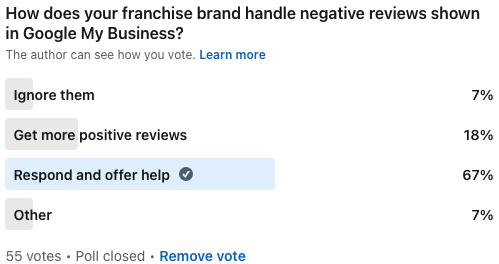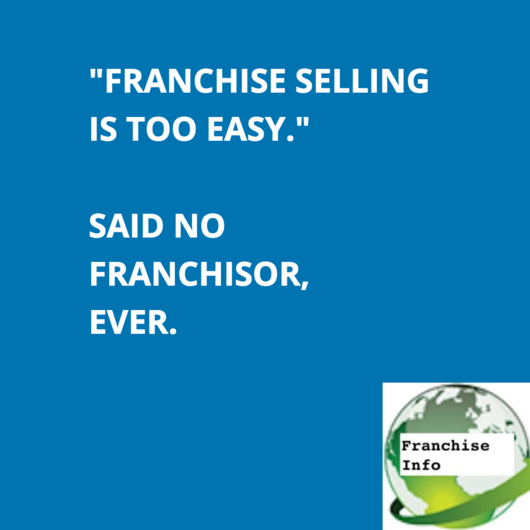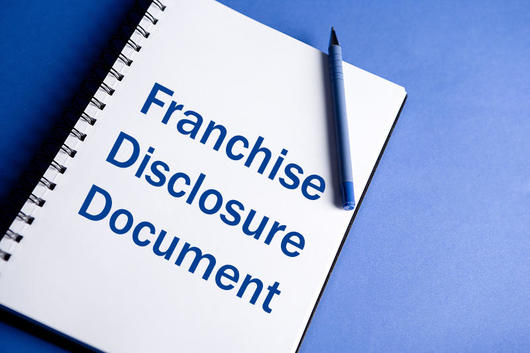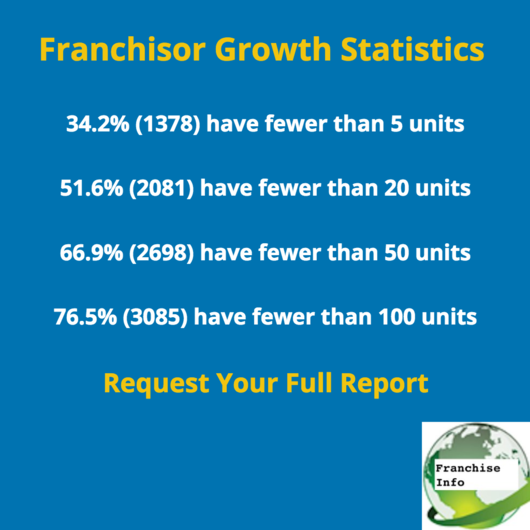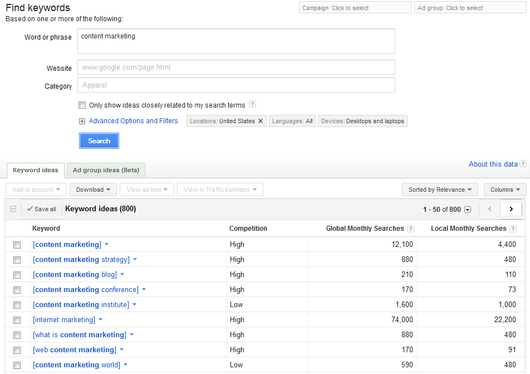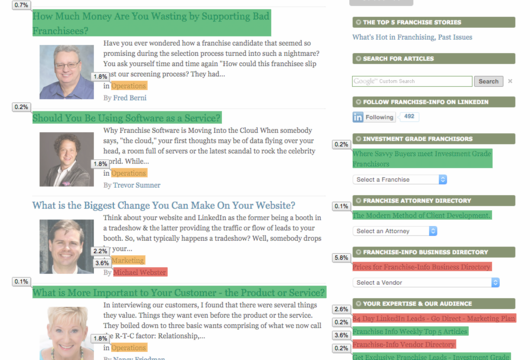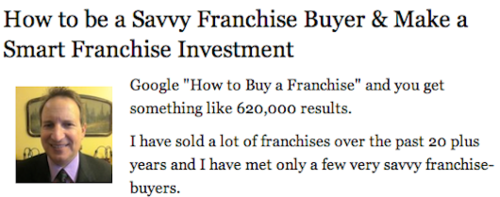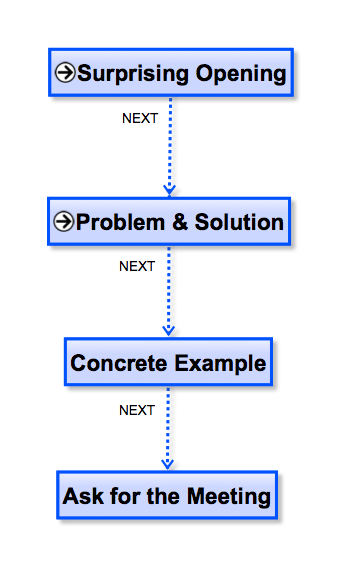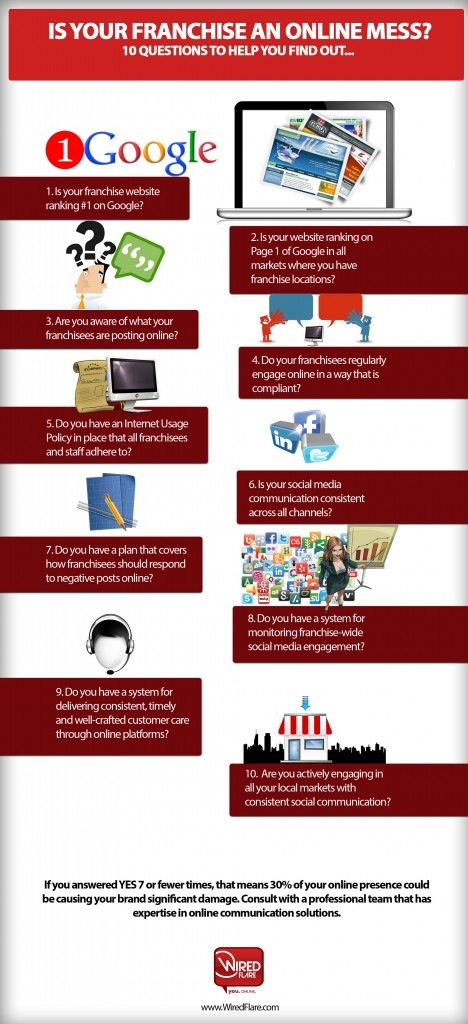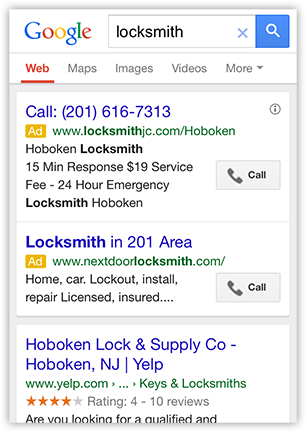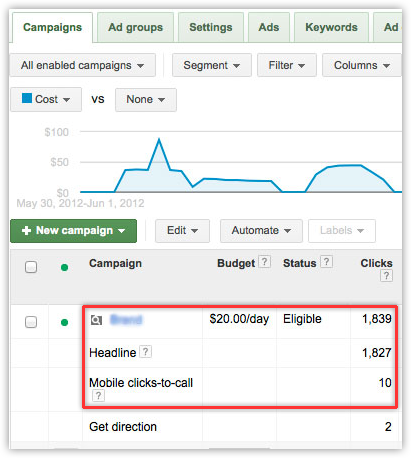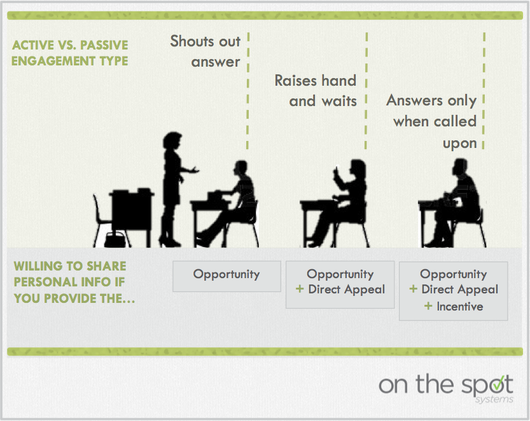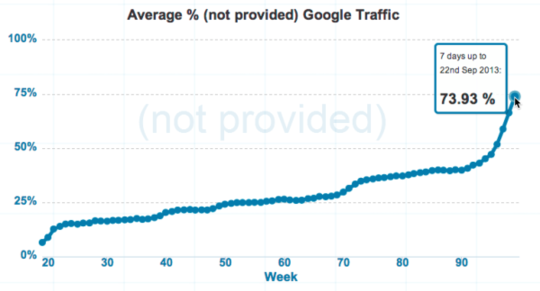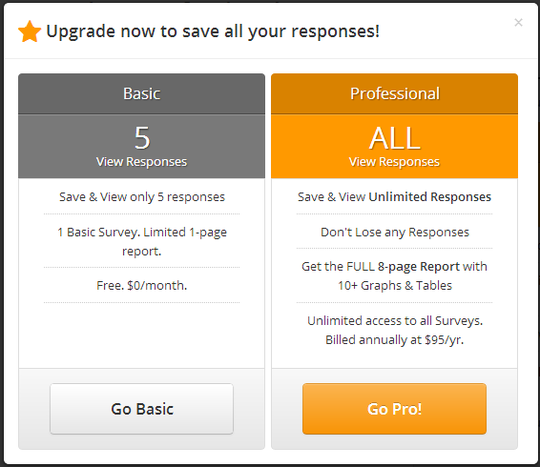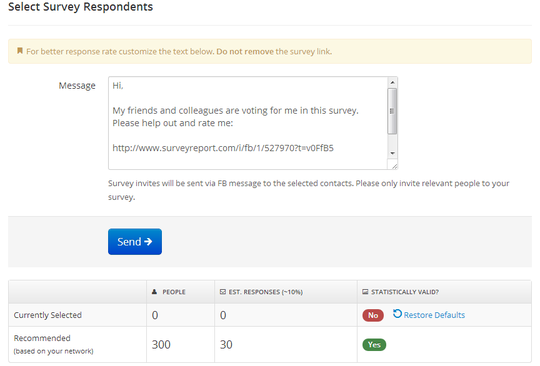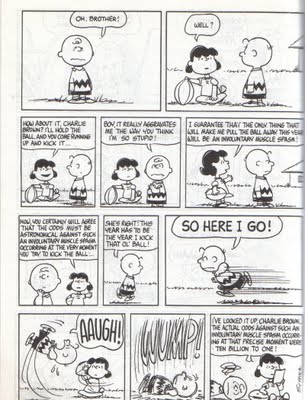A Fish Story
When I was much younger, my grandfather used to take my younger brother and me fishing. Fishing on one of the lakes in the interior of B.C.
We would get up at 5:00 am to help Grandpa Webster pack up the Ford Camper. Drive for what seemed like 12 hours, but was only 3 or 4.
Grandpa had his favorite lakes. In the 1940's, Al Webster was running a hotel at 100 Mile House in the interior of B.C. So, Al knew a lot about hunting & fishing.
The lakes he liked were accessible only by logging roads. Roads which were not maintained. Sometimes nothing more than 2 deep ruts into the bush.
When we arrived at camp, my brother and I were eager to go fishing right away.
But, we had to wait until the next morning.
Grandpa would wake us at 4:00 a.m. And it was chilly -even in the summer- on those mountain lakes that early in the morning.
We would dress in several layers over our pyjamas. Get into the back of his 15' boat and go trolling.
Grandpa had 50HP Mercury, which he hated because it wouldn't go slow enough to troll properly he said. But, he needed its power when we had to get off the lake in a hurry.
We would troll in and out of the bays. Until we found where a school of fish was feeding.
And, then if we were lucky, all hell would break loose.
Catch 4, 6, or even 10 lake trout or salmon within 18 minutes.
Fish for eating. Fish to be flash frozen back at camp. Not for catch and release. My grandfather despised trophy fishing.
But, most of the time we weren't lucky. We were just bored.
Catching, reeling in and netting a lake trout is fun.
Trolling up and down a cold lake in the morning's damp mist and not getting a nibble for several hours? Not so much fun.
Back then we didn't have the technology that fishermen have today.
We couldn't afford a depth finder. Grandpa wasn't impressed with such tools. He preferred to determine the depth of the lake by measuring how long it took for our lines to hit bottom.
Then, we would reel in and come up to the exact right depth. Or sometimes not. We always blamed it on the lousy lures, when we returned to camp without any fish.
I really wanted a depth finder back then. If only just to break up the boredom.
Well, I told you that story just to tell you another. This time about content marketing.
Using content marketing articles to attract leads has a lot in common with fishing.
With content marketing & fishing there is the potential for a lot of boredom.
You think that every flashy article will lure all the right people to your offer. And for the most part, you are not right.
And a few times, fewer than you would like, your content does work. It lures the right people to the offer on your website. And the fish are biting.
A Depth Finder for Content Marketing - Google Analytics
So wouldn't it be nice to have something like a depth finder for your content marketing articles.
How much should it cost, do you think?
How well it would it work?
Could it be simple to set up?
Cheap, good & simple are not usually found together.
Yet, this is exactly what implementing Google Analytics on your website will give you. A cheap, good & simple "depth finder".
I had demonstrated for you a neat application using Google Analytics which showed you the best place to put your links on your website.
Remember too, we had talked about the attention economy -where you trade your knowledge for their email and name.
Now, let's put both ideas together.
Find the right places to fish for leads. And lure them to an irresistible offer on your website.
1. How much attention does the typical content marketing article attract on Franchise-Info attract?
Ok, so for a month this article attracted a little over 80 readers. People who spent on average 4:47 minutes reading the article.
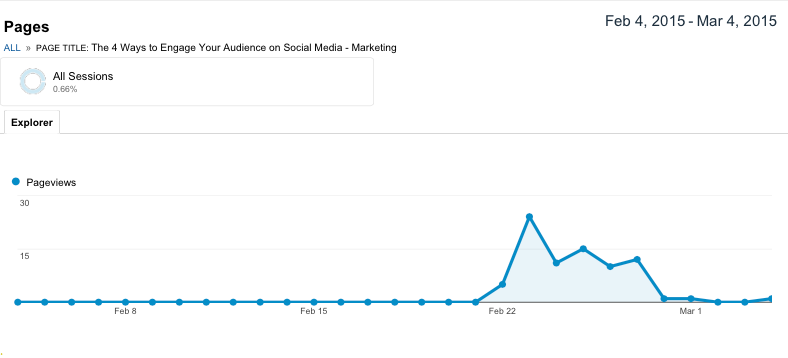
That is pretty good.
But, you can see that for most of the month the article attracted zero attention --it was all bunched into a couple of days.
You wouldn't expect to get a lot of leads from this article. It just doesn't create enough attention.
2. A month's worth of attention.
The next article is significantly better, but not as common.
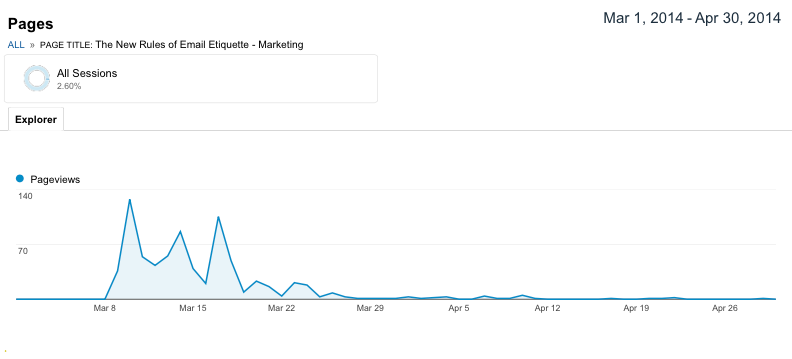
You can see that for the month of March, this article continually attracted attention.
In fact, this article garnered 750 readers who spent an average time of 4:33 minutes reading it.
Ok, that author had 750 people knocking on her door asking for more. Those would be great leads.
At the very least, for that month of March, the author could have connected with those readers who looked at the author's LinkedIn profile.
3. One year's worth of attention.
Now, our next example is even better. And rarer, too. It is almost the ideal content marketing piece.
For an entire year, this article attracted attention.
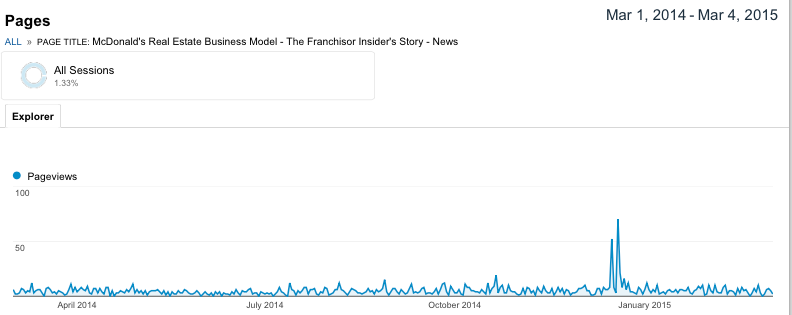
Over 1800 readers for the entire year, and each reader spent 5:55 minutes reading the article.
Now, that is a terrific amount of attention. It is a great lead generating article. Hopefully, the author had a great offer to make in exchange for all that attention!
4. The Energizer Bunny of Content Marketing Articles
Finally, we have an article which just keeps on going, and going, creating quality leads each month. Month in and month out.
This article attracted over 6,000 readers, 6,159, last year. And since it was published in August, 2013, the article has been read by 9,013 readers.
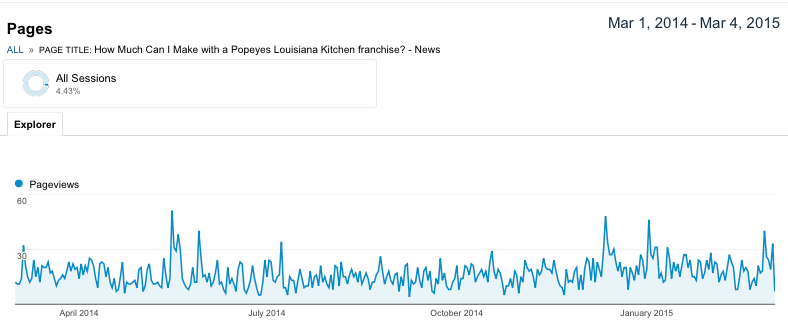
And we have collected a lot of leads from this article's success.
None of this is difficult. Google Analytics is easy and free to implement.
The Moral of the Fish Story
To have your prospect know, then like and finally trust you, you need a plan.
Part of that plan is convert some attention into people who like you enough to give you their name/email in exchange for some of your knowledge.
So, when a lot of people do finally pay attention to a specific article, make sure you are giving them something in return.
Or you will return to camp without any fish.
Recommendations and so much more ...
If you liked this, you should sign up for the LinkedIn Marketing & Advertising Tips from Franchise-Info newsletter.
Or, for more information on what our Franchise-Info Business Directory can do for you, call Joe at 1-443-502-2636 or email Joe direct [email protected]

